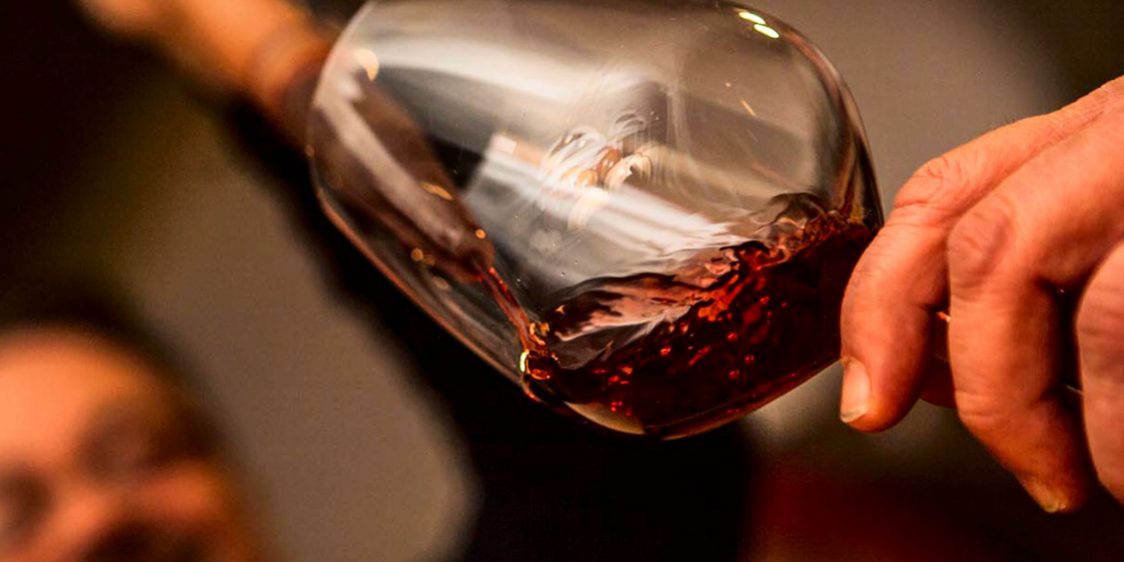Wine and Health. The curing powers of wine
The worldwide health organization after 20 years of research on the theme of wine and health have fully demonstrated its many beneficial virtues noted since ancient times and have put together scientific results which have been reassumed in the volume, “The curing powers of wine” published recently by Red Edition, written by Giuseppe Sicheri, student of Chemistry and oenology.
Other important scientific researches which conferm the positive effects of wine on the organism have been conducted since 1991 by Curt Ellison, head of the department of epidemiological and prevention medecine at Boston University. In particularly, the American researcher states that in healthy people which consume regularly wine at table, the risk of cardiopathy is reduced by 25%; the worlwide health organization reached the same conclusion. The substances which offer the greatest positive benefits on the organism are the polyphenols, which wine is full of and on which the major part of its curing and protective properties depends, including its strong antioxidizing power.
Particularly doted with polyphenols are the wines obtained from Nebbiolo vines. Red wine contains more than white wine (around 2 gramms per litre against 0.5 gramms per litre) and contains in abundance also flavonoids, reservatrol,hydrocinnamic acids and fenolic acids, which are amongst the more common natural antioxidizers also present in fruit vegetables and tea. The effects on the organism can be seen with an example from the many: in the gastrointestinal apparatus, the action of the wine starts by inhibiting the production of serotonin, on which the feeling of fullness depends, therefore stimulates the appetite, whereas on the liver it stimulates the synthesis of apoprotein A1, the most important constituent of good cholesterol, Hdl: contrary to the bad cholesterol (Ldl) in which intervenes also Vitamin C present in wine.
The numerous researches on the circulation apparatus have infact demonstrated that alcohol in moderate doses recleans the arteries of Lipoprotein Ldl, responsible for arteriorsclerosis and that blood vessels obtain an important benefit: the polyphenols increase tone, elasticity, resistance and calcium permeability whilst some minerals contained in wine have protective functions. Magnesium anticoagulative, avoids the formation of thrombosis, potassium has a tonifying action, silicium – the chrome favours the metabolism of fats. Together with other minerals of which Iron, copper and Zinc they carry out an alcalinization action, contrasting the acidifying action on the organism brought on by meat, egg and pasta. The most abundant element, potassium, reduces water retention, has a diuretic function and also rinforces all muscles, the heart included.
The best wine for favouring the diuresis is dry white wine, better still if it has been cultivated in volcanic areas, and also spumante Brut. The grape acids on the contrary have a therapeutic and disintoxification action, lowering the azotemia. Wine is also an ematopoietico factor, stimulating the production of red blood cells, therefor the presence of iron -not neglectable, from 5 to 10 mg per litre- and copper- Nebbiolo del Piemonte grapes are particulary rich in copper. Since it opposes the the accumulation of residues, it has a postive action on various articulation pathologies , such as gout, arthrites and reumaticims, in this latter specialized doctors who follow recent scientific research suggest red wines such as Barolo, Barbaresco, Barmaterra, Gattinara and a few others, if rich in polyphenols. And as many studies carried out since 1977 in Canada, Usa , Italy and France have shown, the vast antisceptic power of wine, as an efficient protection agent against biological pollution from foods and also with beneficial effects in the prevention of tumours. A lot can be said also for the ansiolitica effect which guides the brain towards a better mood.
In conclusion much research has shown that who consumes wine has a longer life. It is all in the knowing of how to drink it, in the right measures. The recommended dose to ensure that all the benefits can be drawn out without consequences due to the alcohol is 3 to 4 glasses a day, which means from 210 – 280 ml. This is the dose which can be defined pharmacological. Writen by Mario Giribaldi.






